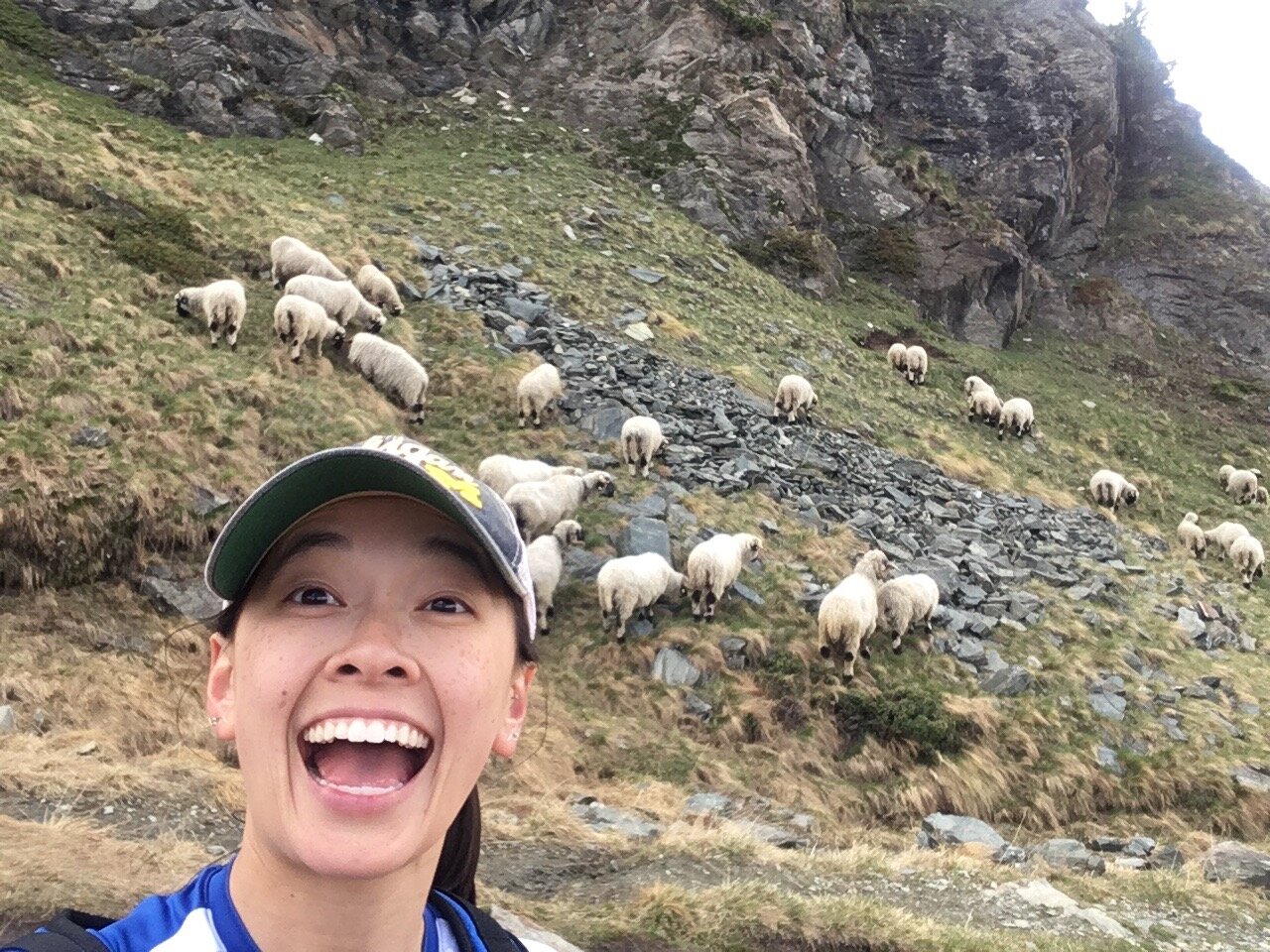I am an equity-centered designer with expertise in facilitation, research, strategy, and process.
Making intentional design decisions, while acknowledging our own preconceptions, is often undervalued, which results in undesired outcomes. My mission is to conduct and facilitate community-centered and thoughtful design approaches to achieve more equitable outcomes.
My Process
Clarify the Goal
What do we want to achieve with this work?
I listen closely, ask questions, synthesize, and refine our understanding to ensure we have a clear grasp on the overarching goal.
Understand the Situation
Where are people currently at?
I use qualitative and quantitative methods to gather and analyze data rooted in people to deeply comprehend the current state, its strengths and constraints.
Bridge the Gap
How can we bridge the gap between the goal and the current state equitably and creatively?
I leverage my facilitation skills, my equitable design lens, and my creative and analytical problem-solving expertise to design and implement solutions that help bridge the gap at hand, while centering people and communities.
My Design Background
I approach design through a diverse range of lenses, bridging design methodology through my PhD with practical experience through my facilitation, design research, and product design work.
How design practice informed my methodology
I spent my early days as a practitioner in product design for social impact, honing my abilities to prototype, test, and take an analytical lens to any design project. I was motivated to develop technologies that could improve the quality of life of communities around the globe.
However, after conducting needs assessments using design ethnography in the Bay Area and in Panama, I quickly learned the importance of deeply listening to communities before diving into “solutions”, as often happens in product design. This understanding urged me to take a step back and systematically study design methods and practices to become a better designer, especially when working with disenfranchised populations.
How my methodology informs my current practice
At the University of Michigan, I studied design theory and methodology for my PhD, researching ways to improve the way we design to minimize harm and achieve positive, sustainable outcomes. To support equitable engineering design practices, I created a framework for understanding how designer context, including positionality and surrounding environments, influence the way we design.
For this work, I conducted on-the-ground design research, interviewing and conducting contextual inquiry in Rwanda, Chile, and Thailand. I realized I loved engaging with communities and sought more professional experiences in design research, including a job where I led a qualitative deep dive of 70 interviews over 5 weeks in Michigan.
To complement my methodology- and practice-based skills, I facilitate workshops and participatory design experiences. At the Center for Socially Engaged Design, I introduce and teach socially engaged design methods for participants to apply to their own project. At the Ginsberg Center, I taught best practices for equitable community engagement to ensure that community partnerships, including those needed for social impact design work, were respectful and equitable.
Now, I aim to utilize my deep understanding of intentional and reflective design methodology to drive my work on-the-ground, using facilitation, design research, prototyping, and testing, to amplify community voices and create outcomes that are equitable, useful, and long-lasting, including the redesigns of 8 public libraries in Multnomah County.
My Design Values
Intentionality
I reflect deeply throughout all phases of design to ensure the decisions made are active, not passive, so that we can make certain those who should be making each decision are the ones truly driving each decision. Because of this value, my work is structured, thorough, and strategic, which facilitates reflective and equitable practices.
Community
I build relationships with communities by listening to their experiences and developing a deep understanding of their values, strengths, and priorities. Because of this value, my work is restorative and reflective of communities who are often left out of the conversation.
Responsiveness
I learn and adapt quickly and purposefully as I gain information, whether it be on the spot during facilitation or during longer design phases. Because of this value, my work is data-driven, guided by information gathered rather than prescribed based on outdated assumptions.
Creativity
I foster generative environments for myself and my teammates, where questions, ideas, prototypes, and collaboration are embraced. Because of this value, my work is continuously tested, communicative, and engaging throughout the process.
My Design Toolkit
Facilitation
Storyboarding
Lesson plans
Ground rules
Active listening
Think-pair-share
Multi-voting
Affinity mapping
Participatory design
Multipartial facilitation
Design Research
Interviews
Observations
Surveys
Conjoint analysis
Contextual inquiry
Desk research
Stakeholder mapping
Card-sorting
Qualitative analysis
Quantitative analysis
Product + Service Design
Brainstorming
Wireframes
Computer-aided design (CAD)
Sketches
Mock-ups
3D printing
Machining
User testing and validation








More About Me
Just as I love to learn, explore, and create as “Suzanne, the designer,” I also love to learn, explore, and create in my personal life. I love learning about cultures and people. Born in Philly and raised in South Jersey, I jumped coasts to the Bay Area to experience life in California before moving to the midwest in Michigan for my PhD. Now, I’m in Oregon, where I’m exploring the lush beauty of the Pacific Northwest, while learning more about its historical context and vibrant communities of the past and present.
You can find me:
Outside: climbing, mountain biking, hiking, gardening
Trying out new baking and cooking recipes
Listening to music or singing
Hosting: gathering friends and family over food, games, and conversation









